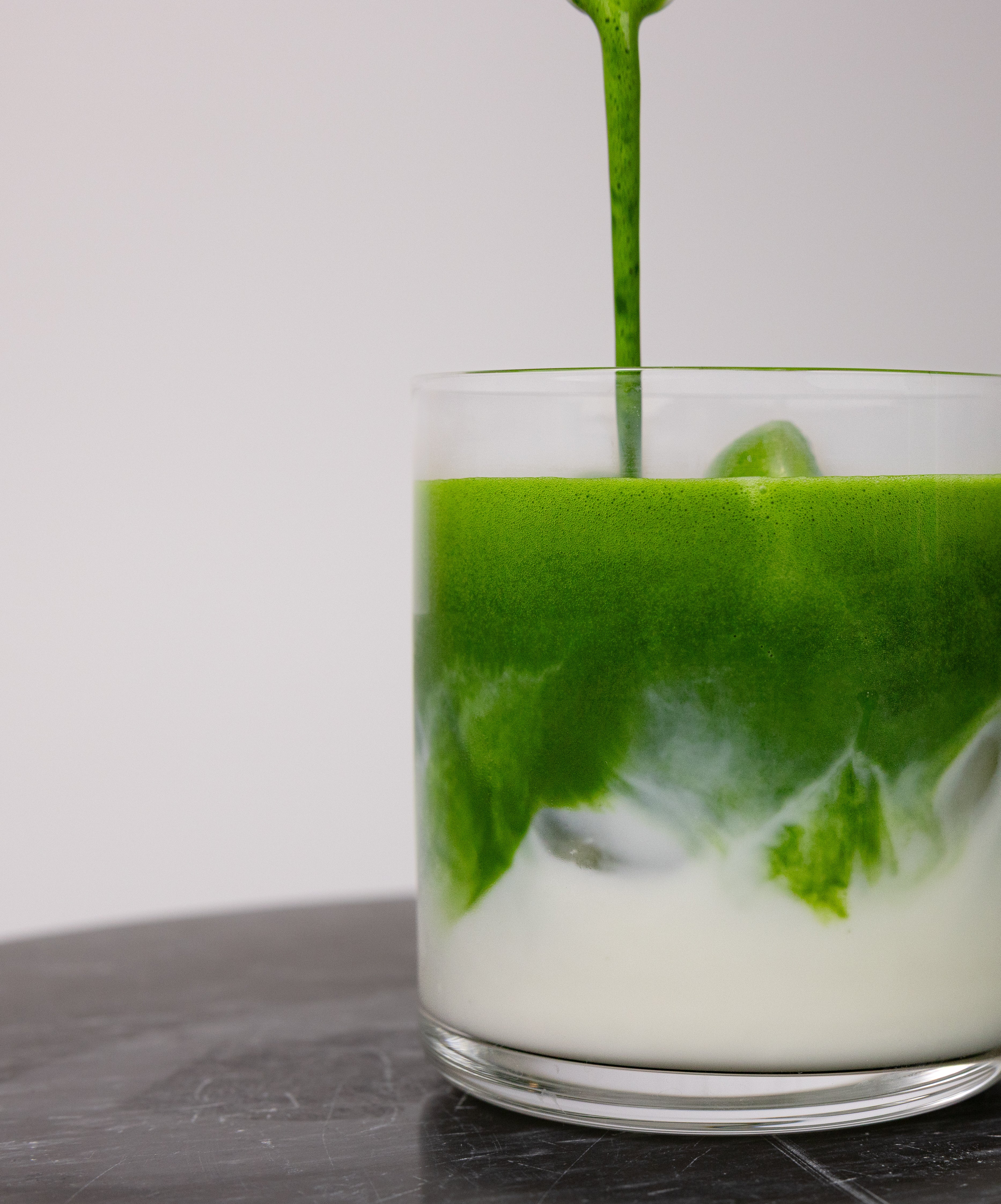Tea grown with intention,
from field to cup
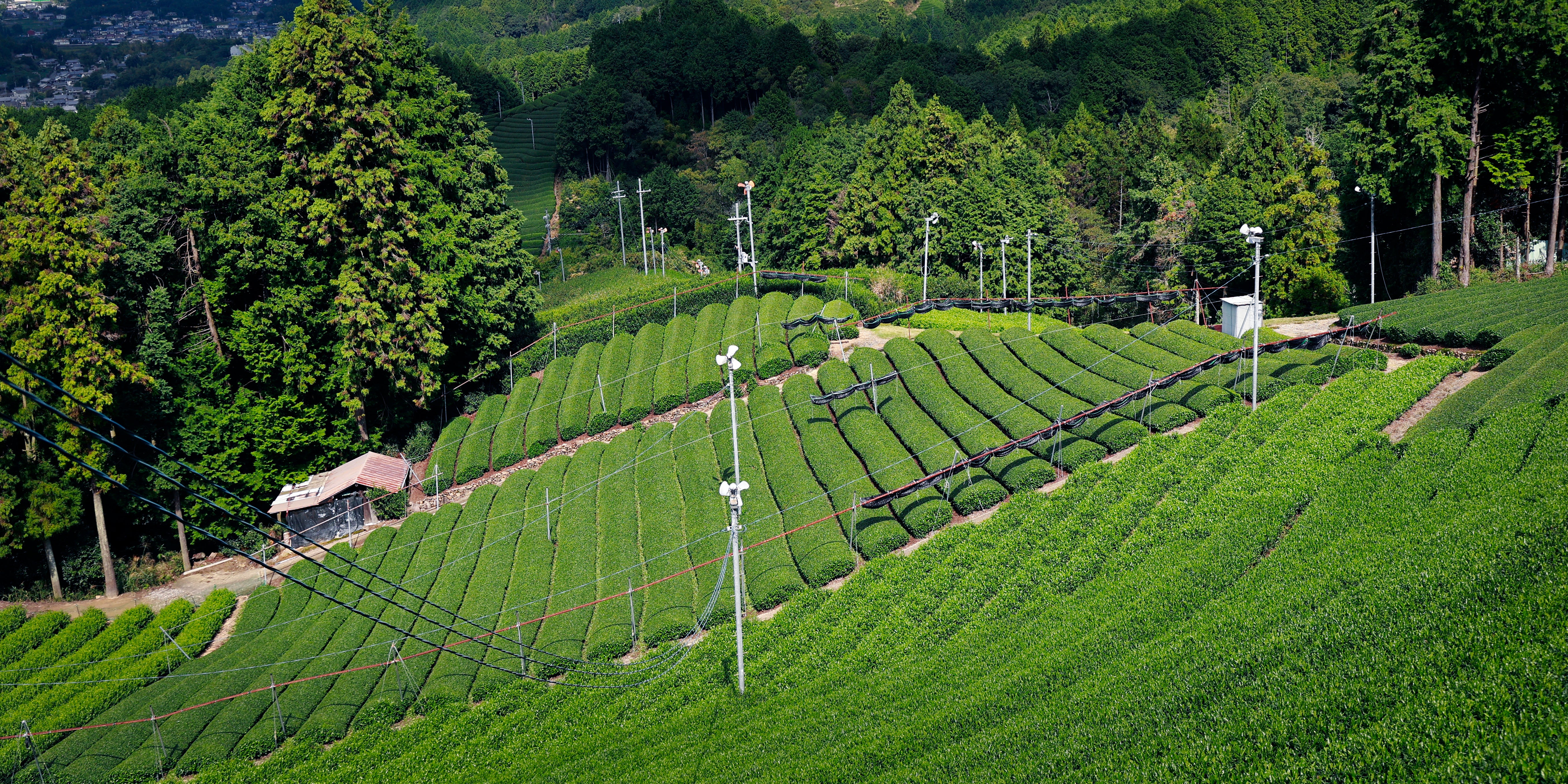
Where it’s grown
uji, japan
Our matcha comes from Uji in Kyoto Prefecture and select neighboring tea regions known for shaded green tea. The area’s river mist, well-drained soils, and centuries of craftsmanship support leaves with high chlorophyll and L-theanine, which means vivid colour and gentle umami.
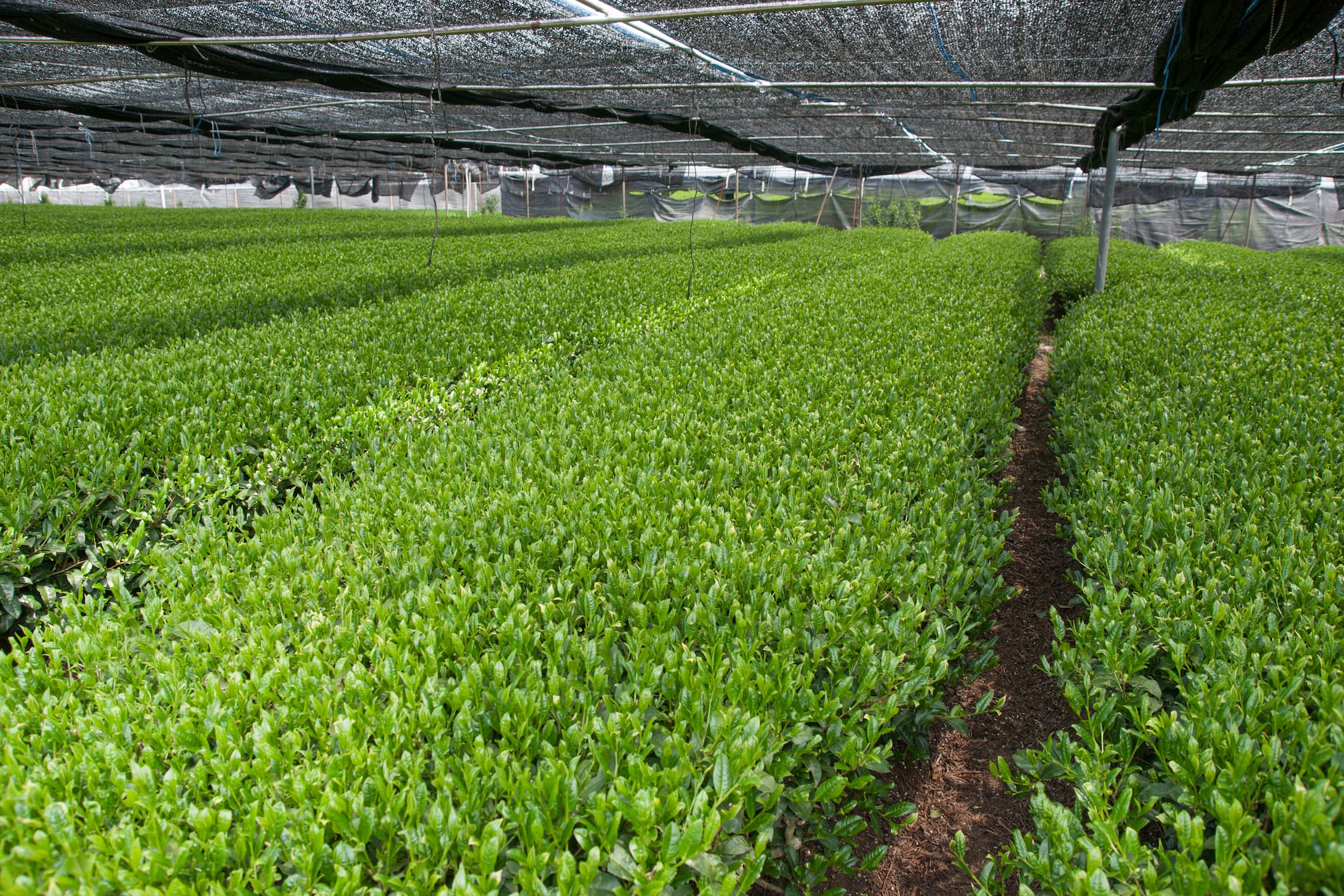
Shaded 20–30 days before harvest
A slow preparation
About 20–30 days before harvest, tea plants are shaded under traditional tana canopies or modern kabuse nets. Shading reduces sunlight, raising amino acids, lowering bitterness, and deepening the green colour.
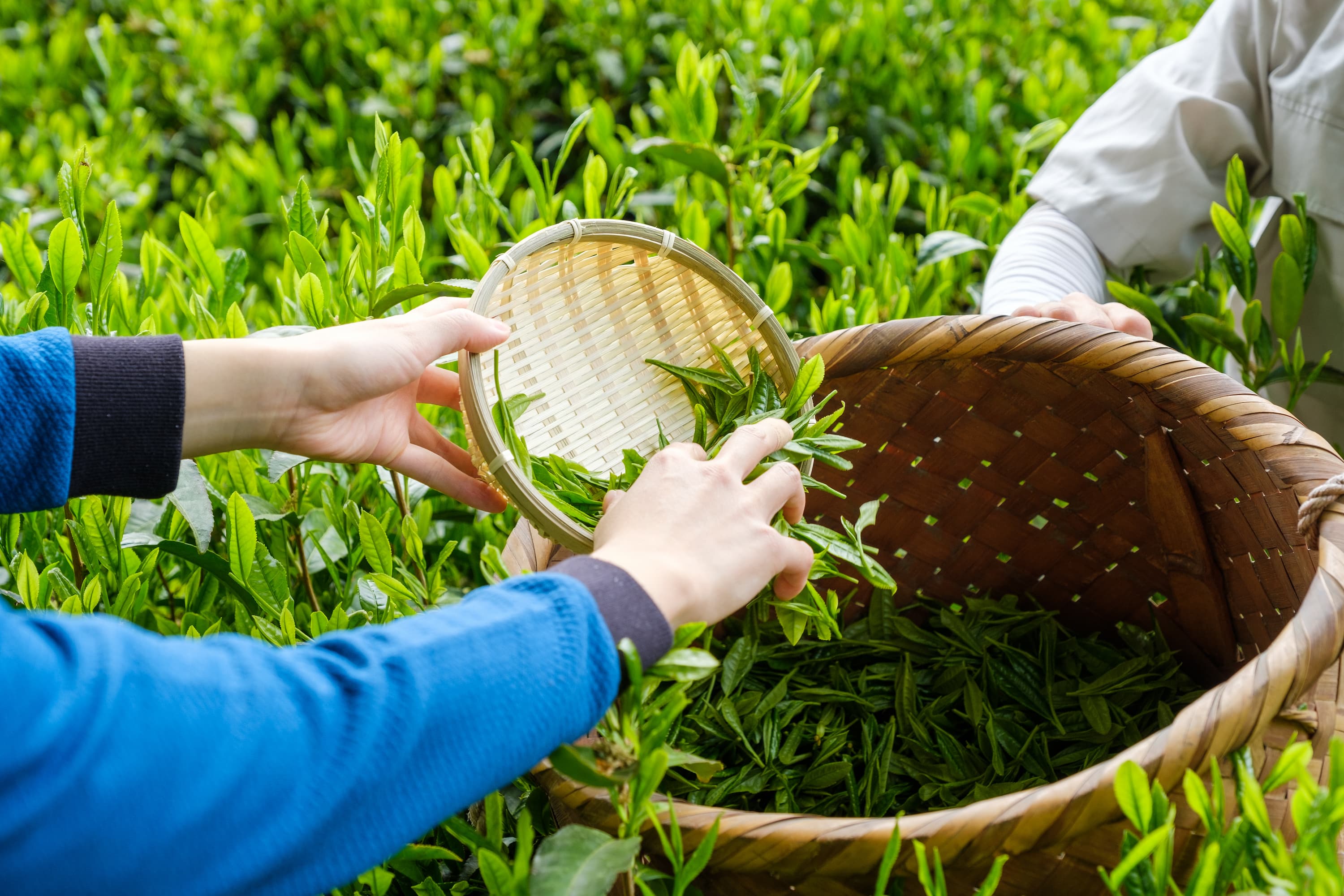
First-flush leaves, picked by hand
Quality begins at the leaf
High-grade leaves are harvested during the first flush (ichibancha) in spring. Only the youngest, most tender leaves are selected. Gentle hand-picking preserves aroma, texture, and overall quality.
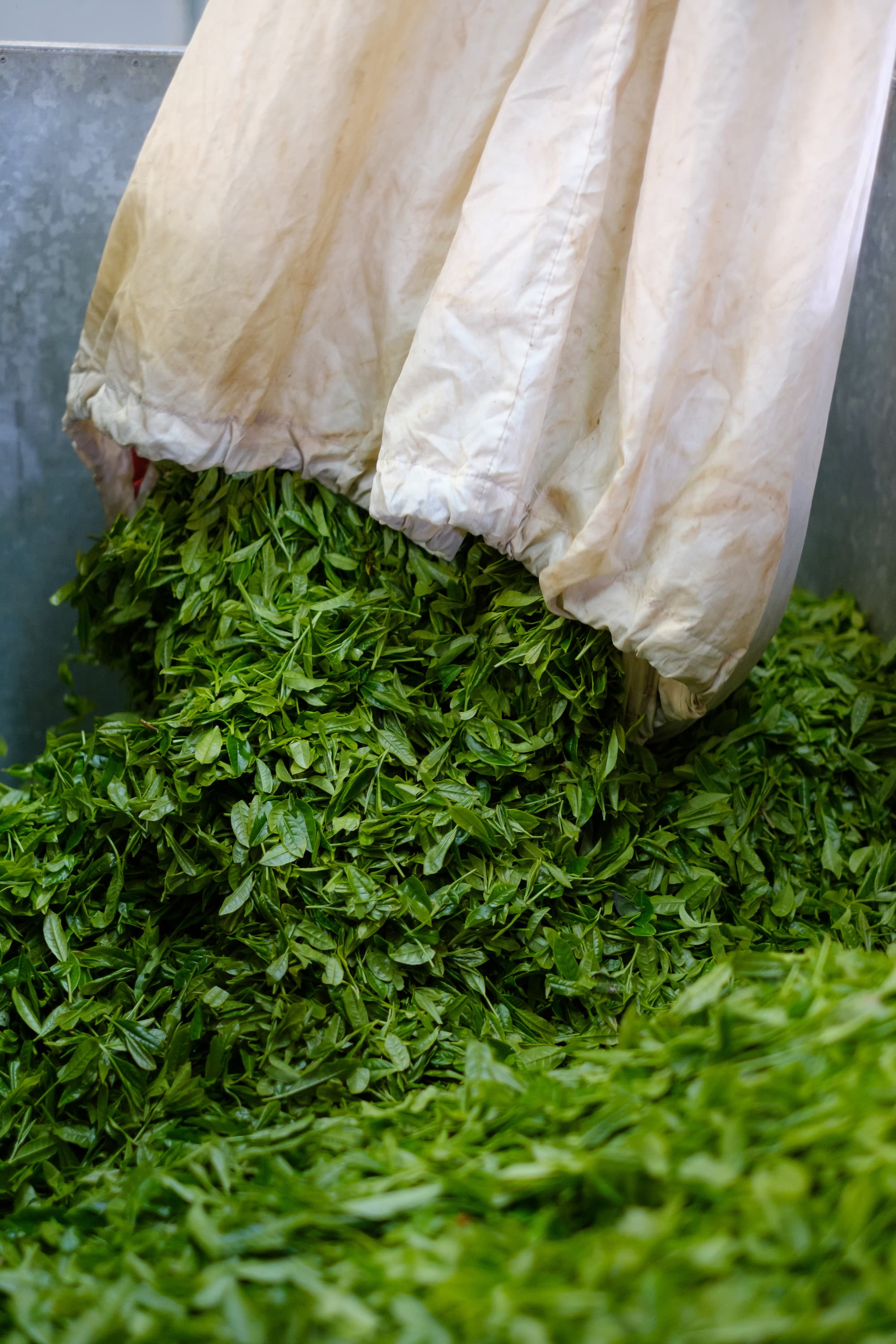
From leaf to tencha
Preserving freshness
Fresh leaves are steamed within hours to stop oxidation, then dried and carefully de-stemmed and de-veined. The flat flakes created at this stage are called tencha, the raw form of matcha.
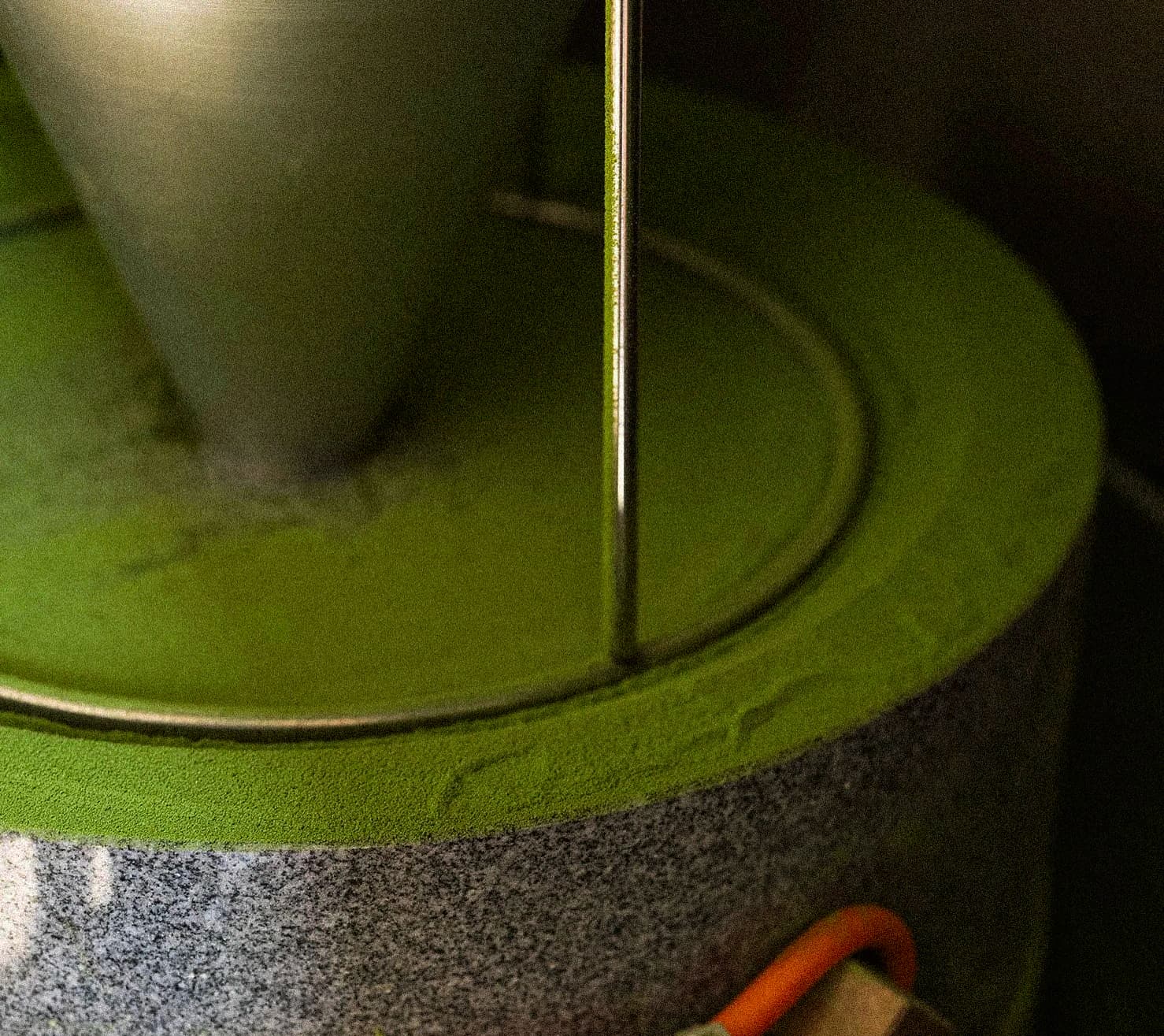
Stone-milled
Patience in Every Gram
The tencha is refined into matcha using rows of traditional ishi-usu granite mills inside modern tea factories. Each mill grinds only 30–40 grams per hour, which protects the tea from friction heat and preserves its vivid colour, sweet aroma, and nutrients. By operating multiple mills together, producers achieve consistent quality at scale while staying true to centuries-old Japanese techniques.






